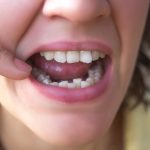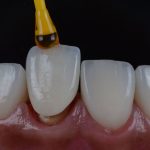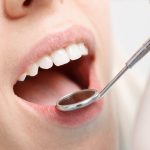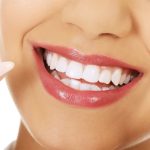Say Goodbye to Gag Reflex: Tips on How to Stop Gagging When Brushing Teeth
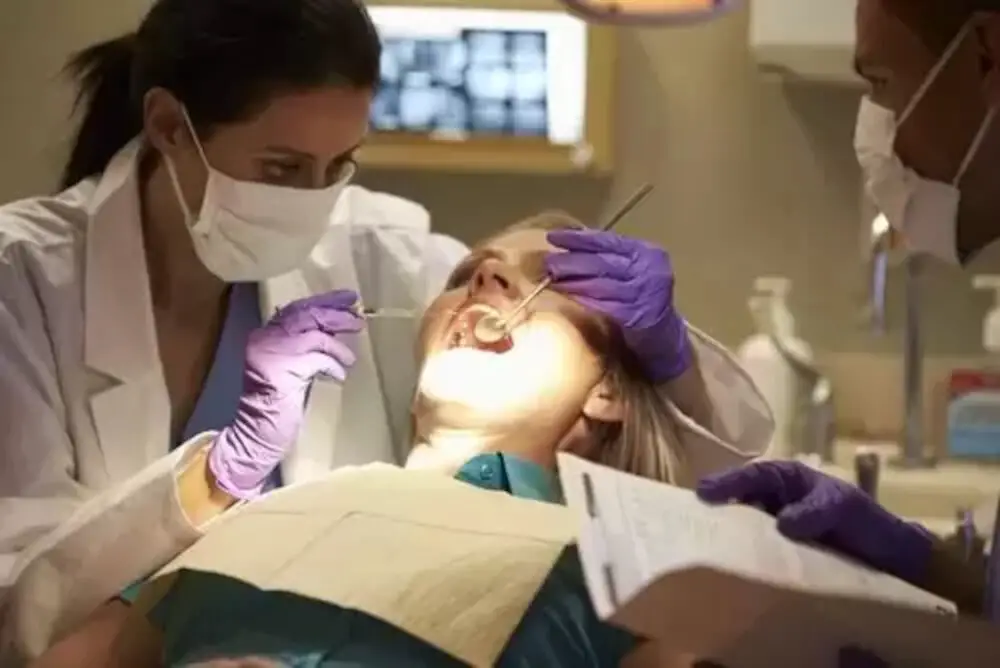
Gag reflex is a natural response of your body to protect the airway in your throat from foreign objects. However, it can be quite uncomfortable when you experience it while brushing your teeth. This reflex can make it difficult for you to clean your teeth thoroughly, leading to poor oral hygiene and dental problems. Fortunately, there are ways to reduce or even stop the gag reflex when brushing your teeth. In this article, we will provide you with some tips and tricks to help you say goodbye to the gag reflex and brush your teeth comfortably. Firstly, it is essential to understand what triggers your gag reflex. Some common triggers include the taste or texture of toothpaste, the motion of the toothbrush, or the sensation of water in your mouth. Identifying your specific triggers can help you take the necessary steps to reduce the gag reflex. For example, if you find that the taste of toothpaste triggers your gag reflex, you may want to switch to a different flavor or brand that is more palatable for you. Similarly, if the motion of the toothbrush is causing the reflex, you may want to switch to a different type of brush or adjust the pressure and angle of your brushing technique.
The gag reflex, also known as the pharyngeal reflex, is a natural response of the body to prevent foreign objects from entering the throat. It is triggered when the soft palate, the back of the tongue, or the back of the throat is stimulated. The reflex causes a contraction of the muscles in the throat, which is often accompanied by a feeling of nausea or retching. The gag reflex is a protective mechanism that helps to prevent choking and aspiration, but it can also be triggered by non-harmful stimuli, such as brushing teeth or taking medication. In some cases, the gag reflex can become hypersensitive, leading to frequent and uncomfortable gagging. Fortunately, there are techniques and tips that can help to reduce the gag reflex and make everyday activities more comfortable.
Maintaining good oral hygiene is crucial for overall health and well-being. Brushing teeth regularly is an important part of oral hygiene as it helps to remove plaque, bacteria, and food particles that can cause tooth decay, gum disease, and bad breath. Brushing twice a day, using a soft-bristled toothbrush and fluoride toothpaste, can help prevent cavities and protect the gums. It is also important to brush properly, using gentle circular motions and taking care to reach all surfaces of the teeth and gums. Good oral hygiene and regular brushing can not only prevent dental problems but also improve overall health and confidence.
Understanding the Gag Reflex
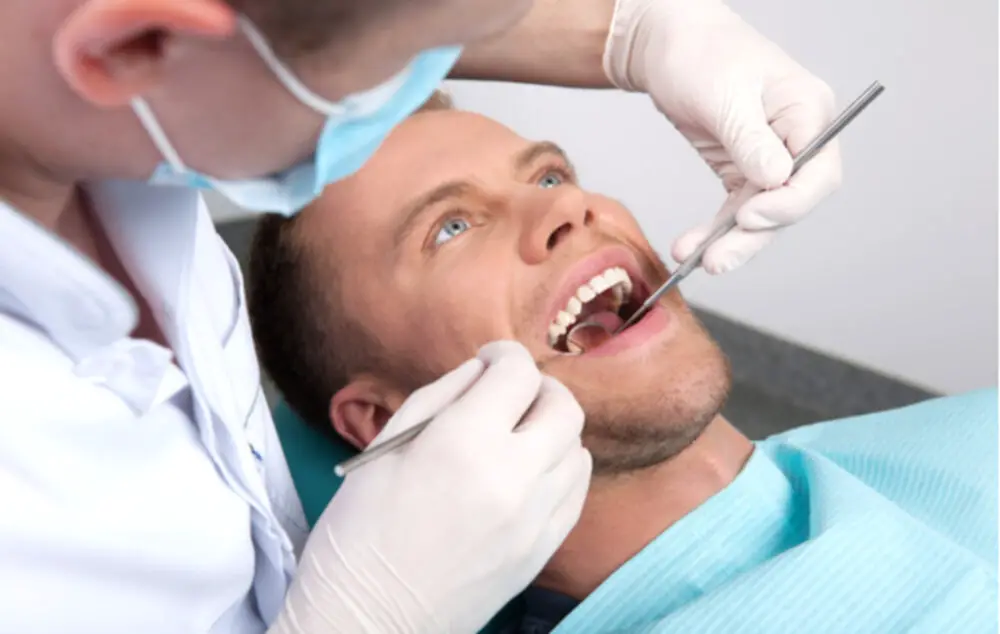
The gag reflex, also known as the pharyngeal reflex, is an involuntary reaction of the body that helps to prevent choking and protect the airway. It is triggered by the stimulation of the soft palate, the back of the throat, or the back of the tongue. For some people, the gag reflex can be overly sensitive, making it difficult to perform simple tasks such as brushing teeth, taking medicine, or even eating certain foods. Understanding the gag reflex can help individuals find ways to manage and overcome this uncomfortable sensation. The gag reflex is a natural defense mechanism that can vary in sensitivity from person to person. Some people may have a more sensitive gag reflex due to underlying medical conditions, anxiety, or past traumatic experiences. It is important to identify the triggers that cause the gag reflex to occur, such as the taste, texture, or temperature of certain foods or objects. Techniques such as deep breathing, relaxation, and desensitization exercises can help individuals manage their gag reflex and reduce the discomfort associated with it. With a better understanding of the gag reflex, individuals can take steps to overcome it and improve their overall quality of life.
The gag reflex, also known as the pharyngeal reflex, is an automatic response of the body to prevent choking or swallowing harmful substances. The trigger for the gag reflex is the stimulation of the soft palate, the back of the tongue, and the tonsils. This stimulation can be caused by various factors, such as the presence of foreign objects, the taste or smell of unpleasant or strong flavors, or even the sensation of something touching the back of the throat. Other factors that can trigger the gag reflex include anxiety, stress, and certain medical conditions such as gastroesophageal reflux disease (GERD) or post-nasal drip. Understanding what triggers the gag reflex can help individuals find ways to manage or prevent it, especially when it comes to oral hygiene practices such as brushing teeth.
The gag reflex is a natural defense mechanism designed to protect our bodies from choking or swallowing harmful substances. It is a complex reflex that involves the contraction of the throat muscles, which triggers the vomiting reflex. This mechanism is activated when something touches the back of the throat, such as food, liquid, or even a toothbrush. The gag reflex is an essential protective response that prevents us from inhaling or swallowing foreign objects that could cause harm to our bodies. However, in some cases, it can be overly sensitive, which can be problematic when trying to brush teeth or perform other oral hygiene routines.
The gag reflex is a natural response of the body that is triggered by the brain and nervous system. When an object or substance comes into contact with the back of the throat, the sensory receptors in the area send a signal to the brain, which then activates the muscles in the throat and mouth to contract and expel the object or substance. The nerves responsible for this reflex are the glossopharyngeal nerve and the vagus nerve, which are both part of the autonomic nervous system. While the gag reflex is an important protective mechanism that prevents choking and aspiration, it can also be triggered by non-threatening stimuli such as brushing teeth or taking medication. By understanding the role of the brain and nervous system in causing the gag reflex, individuals can learn techniques and strategies to help reduce or eliminate this response and make daily activities more comfortable.
Tips to Stop Gagging When Brushing Teeth

Gagging while brushing teeth is a common problem that can be both unpleasant and embarrassing. However, there are several tips you can follow to stop gagging when brushing your teeth. First, try to distract yourself by focusing on something else while you brush. You can try humming a tune, counting to 10, or even reciting a poem in your mind. This will help take your mind off the sensation of brushing and reduce the likelihood of gagging. Another effective tip is to change your brushing technique. Instead of brushing your teeth with long, sweeping strokes, try using short, gentle strokes. This will help you avoid triggering your gag reflex and make brushing a much more pleasant experience. Additionally, you can try using a smaller toothbrush with a softer bristle, as this will help reduce the amount of pressure you apply to your teeth and gums. Finally, if you find that you are still gagging despite trying these tips, you may want to consider switching to a different toothpaste. Some toothpastes contain strong flavors or textures that can irritate your gag reflex, so choosing a milder option may help alleviate your symptoms. In conclusion, gagging while brushing your teeth is a common issue that can be both frustrating and embarrassing. However, by following these tips, you can learn to control your gag reflex and make brushing a much more pleasant experience. By distracting yourself, changing your brushing technique, and choosing a milder toothpaste, you can say goodbye to gagging and enjoy a clean, healthy smile.
Breathing techniques can help prevent gagging while brushing teeth. One effective method is to breathe through your nose slowly and deeply before and during brushing. This helps to relax the muscles in the throat and reduces the urge to gag. Another technique is to exhale slowly through your mouth during the brushing process. This helps to expel any excess saliva and reduces the sensation of gagging. Additionally, focusing on your breathing and taking slow, deep breaths can help to calm your nerves and reduce anxiety, which can also contribute to gagging. Practice these breathing techniques regularly to help overcome your gag reflex and make brushing your teeth a more comfortable experience.
Changing the angle of the toothbrush can be a game changer for those who suffer from a sensitive gag reflex. By angling the toothbrush at a 45-degree angle towards the gum line, you can effectively clean your teeth without triggering your gag reflex. This technique not only helps to reduce the gagging sensation but also ensures that you are cleaning the areas where plaque and bacteria tend to accumulate. Furthermore, using a soft-bristled toothbrush can also help to minimize the sensation of gagging, as it is gentler on the teeth and gums. By implementing these simple changes to your oral care routine, you can say goodbye to the discomfort of gagging and hello to a healthier, cleaner smile.
One of the most effective ways to reduce the gag reflex when brushing your teeth is to switch to a smaller toothbrush. The size of the toothbrush matters because a larger toothbrush can trigger your gag reflex easily. A smaller toothbrush allows you to reach all parts of your mouth without triggering your gag reflex. It is also important to choose a toothbrush with soft bristles as they are gentler on your teeth and gums. Using a smaller toothbrush can take some getting used to, but it is worth the effort as it can make brushing your teeth a more comfortable experience.
Trying different toothpaste flavors can be a game changer for those who struggle with gagging while brushing their teeth. Some people are sensitive to certain tastes, textures, and smells, which can trigger the gag reflex. Therefore, experimenting with different flavors of toothpaste, such as mint, cinnamon, and fruit, can help find a more palatable option. Additionally, toothpaste with a milder flavor or a gel consistency can also be beneficial. Finding the right toothpaste that suits personal preferences and needs can make a big difference in preventing gagging and making the brushing experience more enjoyable.
Using a distraction technique can be a helpful method to stop gagging when brushing teeth. This technique involves diverting your attention away from the sensation of brushing your teeth and focusing on something else instead. For example, you can try humming a song, reciting a poem, or counting backwards from 100. By doing this, your brain is occupied with a different task, and you are less likely to focus on the physical sensations that trigger your gag reflex. Additionally, using a distraction technique can help you to relax and reduce anxiety, which can also contribute to gagging. With practice, using a distraction technique can become a useful tool in managing your gag reflex.
Other Ways to Improve Oral Health
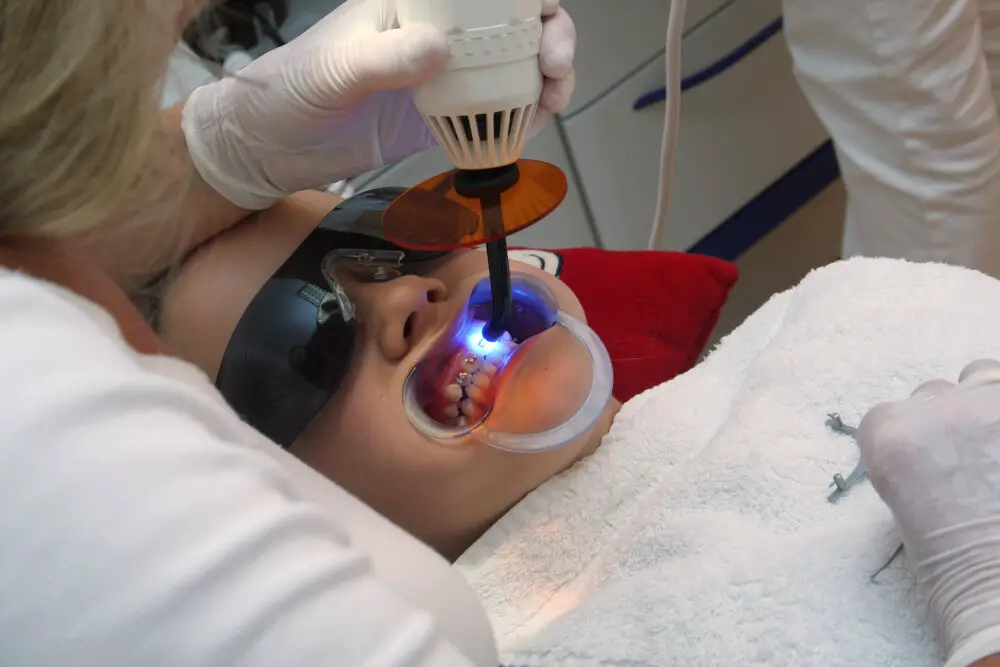
In addition to the tips mentioned in the article, there are other ways to improve oral health and reduce the likelihood of gagging while brushing teeth. One way is to use a tongue scraper. The tongue harbors bacteria that can cause bad breath and contribute to overall oral health problems. Using a tongue scraper can help remove this bacteria and improve breath odor. It can also reduce the amount of bacteria in the mouth, which can help prevent gum disease and tooth decay. Tongue scrapers can be found at most drugstores and are easy to use. Another way to improve oral health is to floss regularly. Flossing can help remove food particles and plaque from between teeth and along the gum line, which can help prevent gum disease and tooth decay. It can also help reduce the likelihood of bad breath. Flossing should be done at least once a day, and it is important to use proper technique to avoid injuring the gums. If you are unsure how to floss correctly, ask your dentist or dental hygienist for guidance.
Flossing is a crucial part of oral hygiene, but for some people, it can trigger a gag reflex. To prevent gagging while flossing, it’s essential to use the right technique. First, use a gentle touch and move the floss slowly between your teeth, avoiding rapid back-and-forth motions. It’s also essential to relax your throat and breathe through your nose while flossing. If you find that traditional flossing methods still trigger your gag reflex, try using a water flosser or interdental brushes instead. These tools are gentle on the gums and can effectively remove plaque and food debris without causing discomfort. With the right technique and tools, flossing can become a comfortable and beneficial part of your daily oral care routine.
Using mouthwash can be a helpful addition to your oral hygiene routine, especially if you struggle with gagging while brushing your teeth. Mouthwash helps to kill bacteria and freshen your breath, leaving your mouth feeling clean and refreshed. It’s important to choose a mouthwash that is alcohol-free and contains fluoride to strengthen your teeth. Additionally, you should swish the mouthwash around in your mouth for at least 30 seconds before spitting it out. Using mouthwash as part of your daily routine can help stop gagging and make brushing your teeth a more comfortable experience.
Chewing sugarfree gum can be a helpful technique to prevent gagging while brushing teeth. Gum chewing stimulates saliva production, which can help to lubricate the mouth and reduce sensitivity in the throat. Additionally, the rhythmic motion of chewing can distract the brain from focusing on the gag reflex. It is important to choose sugarfree gum to avoid introducing additional sugars into the mouth, which can cause tooth decay. By incorporating sugarfree gum into your oral hygiene routine, you may find that brushing your teeth becomes a more manageable and comfortable experience.
Visiting the dentist regularly is crucial not just for maintaining oral hygiene but also for detecting any underlying dental conditions. Oral health is an integral part of overall health, and regular dental check-ups can prevent serious dental problems from developing. The dentist can also provide guidance on proper brushing and flossing techniques, which can help to reduce gag reflexes during dental hygiene routines. Regular cleanings and check-ups can help to remove any plaque or tartar buildup, which can also contribute to gagging during brushing. By visiting the dentist regularly, you can ensure that your oral health is in good condition and prevent any discomfort during your daily dental routine.
Good oral hygiene is crucial for maintaining healthy teeth and gums. Neglecting proper dental care can lead to various dental problems, such as cavities, gum disease, and bad breath. Brushing your teeth twice a day, flossing regularly, and using mouthwash are essential steps in maintaining good oral hygiene. However, for some individuals, brushing their teeth can be challenging due to their gag reflex. Therefore, it’s important to learn techniques to overcome this reflex and continue with a proper dental care routine. By prioritizing good oral hygiene, you can prevent dental problems, improve overall health, and enjoy a confident smile.
If you’re someone who struggles with gagging while brushing your teeth, there are several strategies you can try to prevent this uncomfortable sensation. One important tip is to slow down and take your time while brushing, using gentle circular motions instead of vigorous scrubbing. You can also try breathing through your nose instead of your mouth to reduce the likelihood of triggering your gag reflex. Another helpful technique is to focus on a specific point in the room while brushing, which can help distract your brain from the sensation of the toothbrush in your mouth. Finally, experimenting with different toothbrushes, toothpaste flavors, or even brushing at a different time of day might also help you find a routine that works better for your unique needs. With a little patience and experimentation, you can say goodbye to the discomfort of gagging while brushing your teeth.
Conclusion
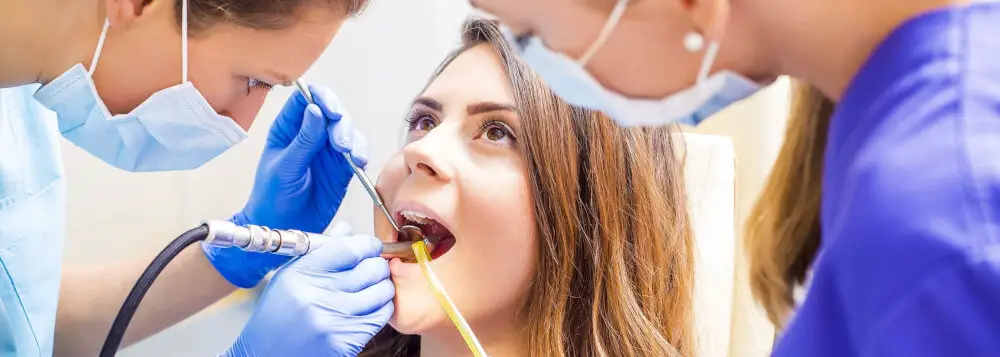
In conclusion, struggling with a gag reflex while brushing teeth can be frustrating and uncomfortable. Fortunately, there are several tips and techniques that can help overcome this issue. From practicing deep breathing exercises to using a smaller toothbrush, incorporating these tips into your daily routine can make brushing a more enjoyable experience. Remember, it’s essential to maintain good oral hygiene, and with a little patience and persistence, anyone can learn to say goodbye to their gag reflex and enjoy a healthy, beautiful smile.

